How Slow-Paced Yoga Promotes Brain Health
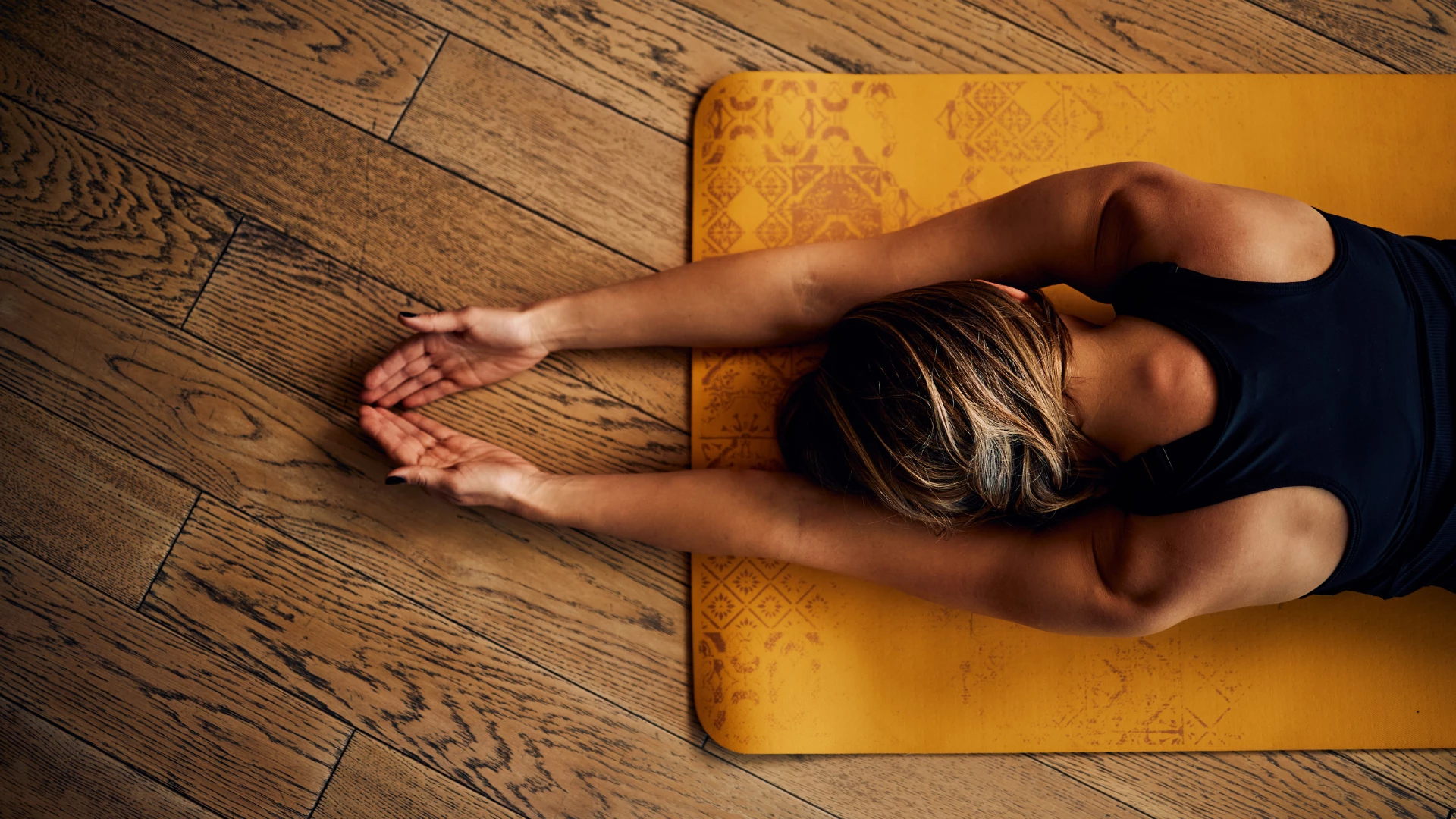
Article At A Glance
Have you ever been driving the speed limit on a highway and noticed other cars flying by as if you were standing still? Hanging out in the “slow lane” can make you feel like you’re one of those pokey, “older” drivers. But we’re mature now, not old, right? We know there is no need to rush so much because life is too short. In a fast-paced world, there is value in slowing down and enjoying the scenery. The same is true of our yoga practice. Slow-paced yoga practice is a powerful way to build resiliency, promote neuroplasticity, improve memory and attention, and reduce stress-induced inflammation.
How Slow-Paced Yoga Promotes Neuroplasticity
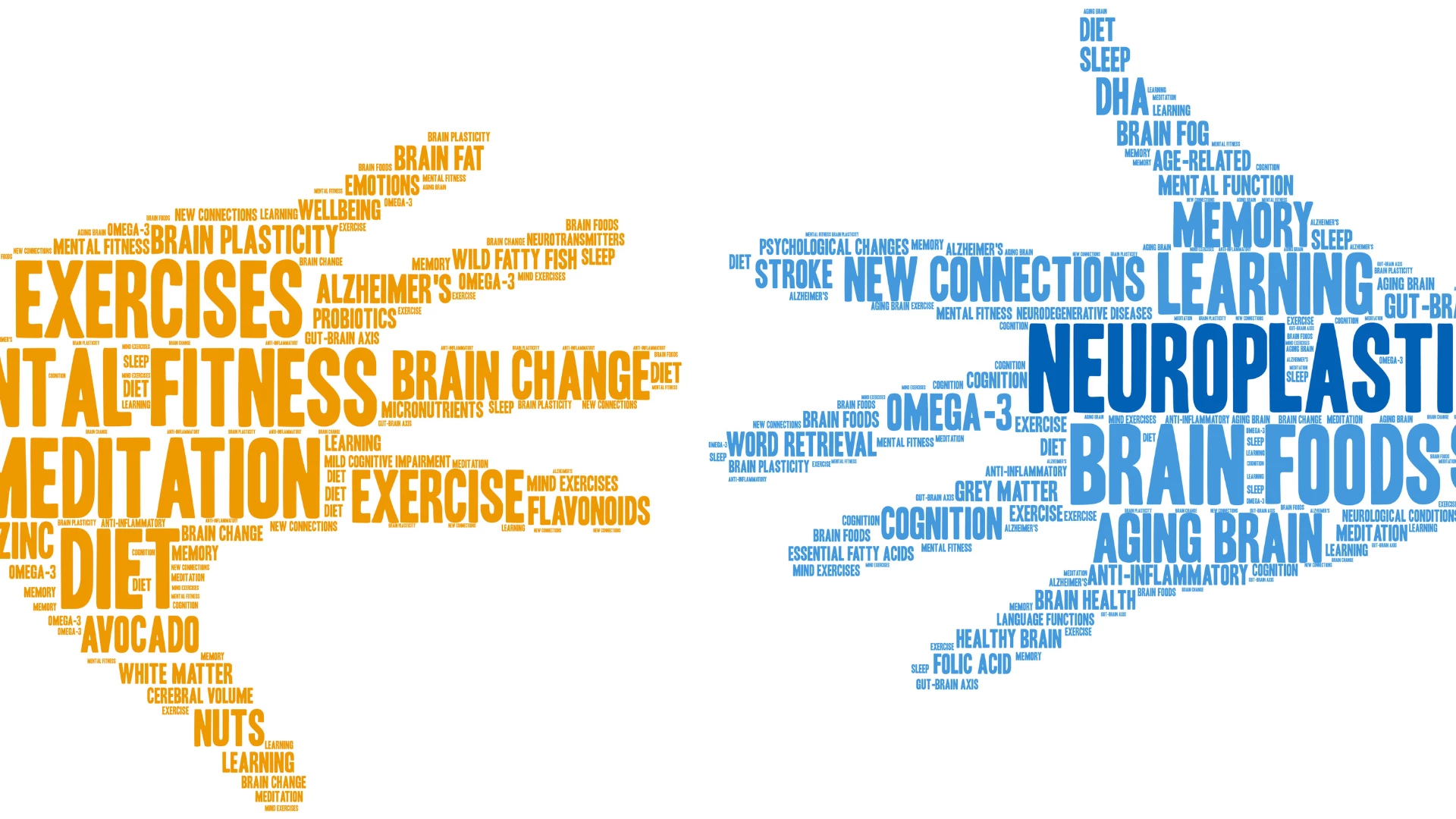
In the world of neuroscience, scientists say that “neurons that fire together, wire together.” In other words, when we employ multiple areas of our brain to complete a task, the connection between these areas becomes stronger each time we do that activity. Research from the National Institute of Health suggests that slow-paced yoga practices also strengthen connections within the brain in several ways.
First, a group of structures in the midbrain, namely the insula and the cortex, increase in strength through regular slow-paced yoga practice. Why is this valuable? Well, together, these structures help us formulate a sense of identity or self. When we have a sense of identity, we understand our values and are able to make good decisions.
People who have strong values also feel that life is meaningful. Strong values, good decision-making skills, and a sense of purpose are all skills common in highly resilient individuals.
Cultivate Resilience: Self-Regulation, Attention, and Outlook
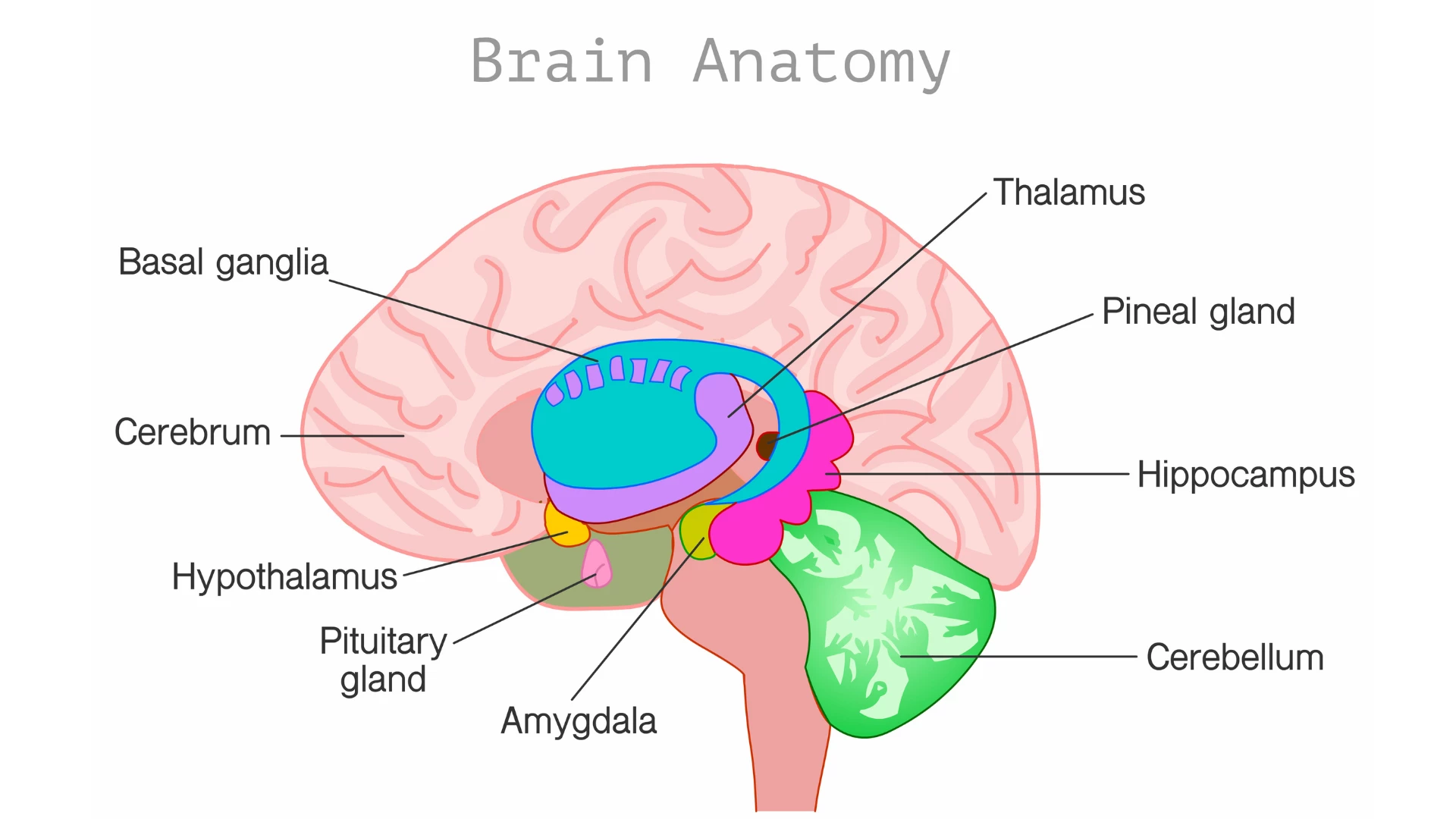
The second key brain region altered by slow, mindful yoga is the left forebrain, or left hemisphere of the cerebrum. Research shows that yoga practitioners have more gray matter in this area. Why is this significant? More gray matter signifies greater activation of this area which corresponds with three essential characteristics of resilient people: self-regulation, prosocial behavior, and a positive outlook.
As if this weren’t enough, scientists have observed changes in other areas of the brain involved in improved focus, attention, and memory, as well as increased empathy. All of these contribute to resilience. And what kind of yoga is most effective in bringing about these changes? You got it—slow, mindful yoga.
Slow-Paced Yoga Decreases Inflammation and Stress
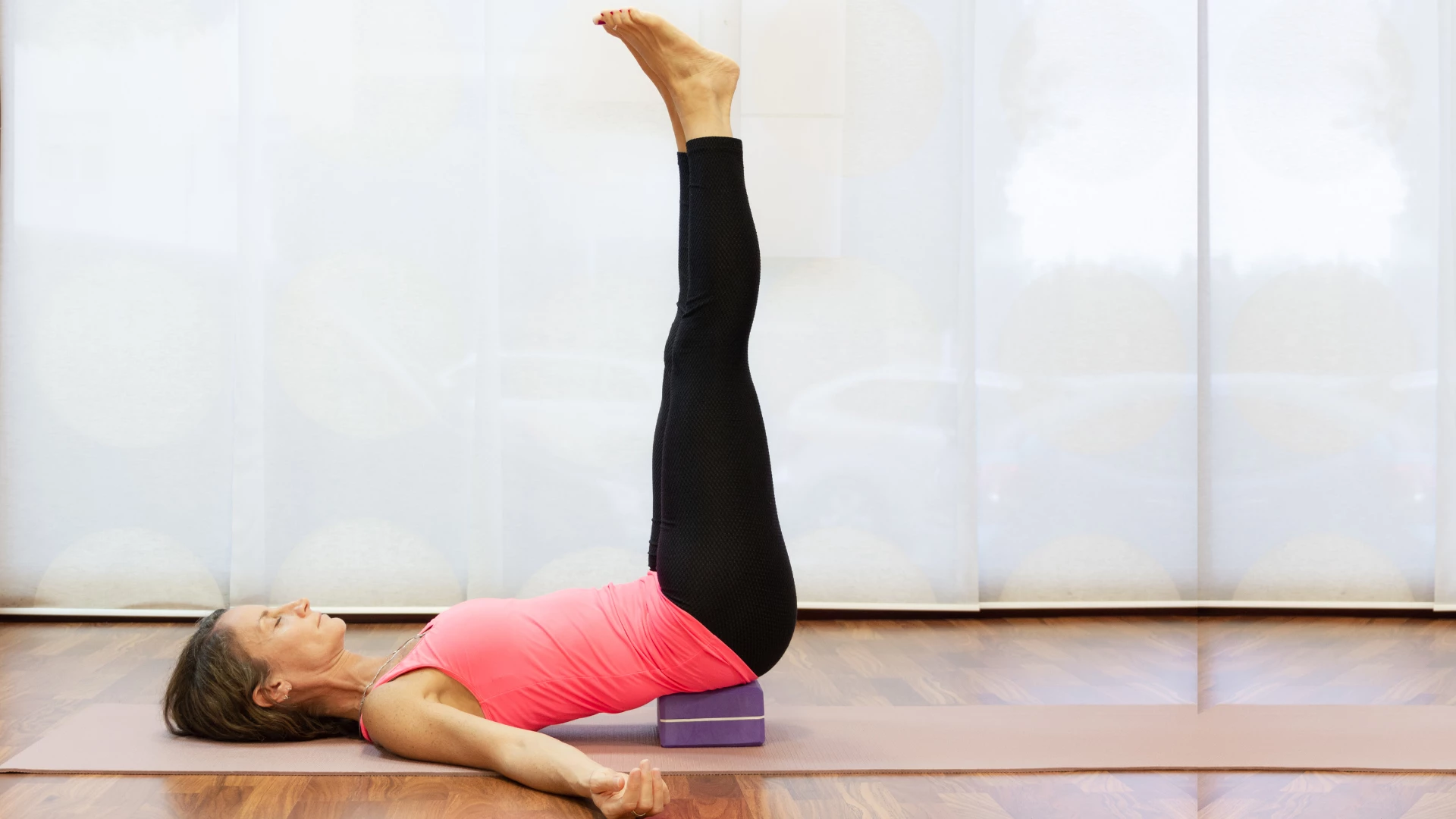
You may have heard that sitting is the new smoking. Well, inflammation is another often blamed “bad guy” when it comes to chronic diseases.
Inflammation is associated with a variety of disease processes, including heart disease, diabetes, cancer, arthritis, and Alzheimer’s. In addition, inflammation impacts brain structures involved in mood disorders such as depression and anxiety.
A major cause of inflammation is stress. When under stress, our bodies release cortisol to fuel our fight-or-flight response. Think of it like a fire—we need fuel to run away or fight the perceived danger. As a result, our bodies are designed to give us a surge in energy when facing a threat. They’re also designed to return to homeostasis, a relaxed state when the threat passes. Unfortunately, many of us live in chronic stress, resulting in high cortisol levels. Elevated cortisol contributes to inflammation, illness, and disease.
We need to relax and feel safe to “turn off” the cortisol-stress response. And—you guessed it—slow-paced yoga does just this. By slowing your breath and heart rate, your body is better able to regulate cortisol levels, lowering stress levels and reducing inflammation.
Slow-Paced Yoga is For Everyone
So, the next time someone asks you about the kind of yoga you practice, you can smile and tell them that slow-paced yoga isn’t just for “old people.” Instead, it’s a valuable practice for everyone who wants to be healthy and resilient in the face of life’s challenges.
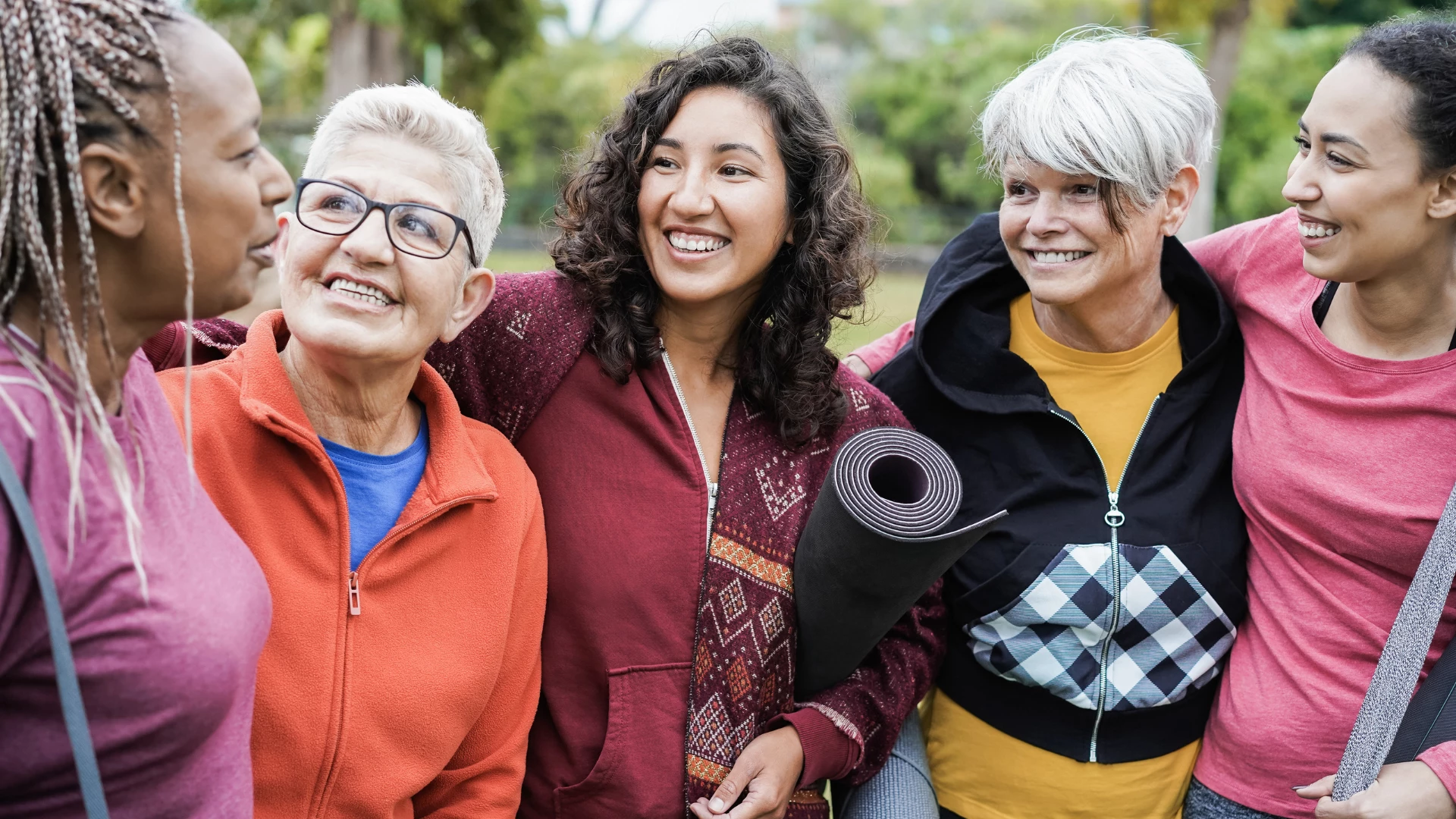
Also, read...
5 Ways to Increase Brain Power
Mar 08 – Jon Barron
12 Scientifically Proven Benefits of Meditation
Jan 15 – Sarah Warren
4 Ways Yoga Helps Alzheimer’s Patients
Feb 08 – By: Kathryn Boland, RCYT
Related courses
Breath as Medicine: Yogic Breathing for Vital Aging
With Doug Keller
Yoga and Myofascial Release: Releasing Chronic Tension with the Bodymind Ballwork Method
With Ellen Saltonstall
Reprinted with permission from Beverly Davis-Baird/WisdomTreeYoga.

Beverly Davis-Baird, MA, e-RYT200/RYT 500, C-IAYT is a New Jersey-based yoga therapist, writer, and educator. She specializes in making yoga accessible for adults 50+, offering classes and workshops for back care, arthritis, bone health, balance, posture, and healthy aging. An educator at heart with over 20 years of experience as a public school teacher, Beverly brings her knowledge of individual learning styles to her classes, providing instruction that is clear, concise, inclusive, and compassionate. Bringing over 30 years of experience and training, she considers herself a lifelong learner and believes that the practice of yoga should bring spaciousness and release from tension, not create it. As such, she strives to make yoga accessible to people of differing abilities, believing the real benefits of yoga come from what is taken with you outside of class and into your life. To read her blog or learn more about her teaching schedule and latest offerings, please visit www.wisdomtreeyoga.com.
Recent articles
Change Your Perspective of Pelvic Tilting: How the Transversus Abdominis Can Help
Jul 08 – Olga Kabel C-IAYT
Warrior I Pose: 5 Strengthening Variations
Jul 02 – Bridget Frederick, eRYT 500
4 Ways to Practice Locust Pose
Jun 30 – Baxter Bell, MD, eRYT 500, C-IAYT
Categories
Upcoming courses
Breath as Medicine: Yogic Breathing for Vital Aging
With Doug Keller
Yoga and Myofascial Release: Releasing Chronic Tension with the Bodymind Ballwork Method
With Ellen Saltonstall
JOIN NOW!
Recent articles
Almost there...
Sorry, we couldn't find anything...
Pose Library
Change Your Perspective of Pelvic Tilting: How the Transversus Abdominis Can Help
“Tuck your tailbone under” or “lengthen your tailbone” have long been among the most…
Jul 08 – Olga Kabel C-IAYT
Yoga Practice Tips
Warrior I Pose: 5 Strengthening Variations
Warrior I Pose (Virabhadrasana I) is an excellent pose for strengthening your whole back…
Jul 02 – Bridget Frederick, eRYT 500
Pose Library
4 Ways to Practice Locust Pose
Locust Pose (Salabhasana) is a simple backbend that strengthens the entire back of your…
Jun 30 – Baxter Bell, MD, eRYT 500, C-IAYT



